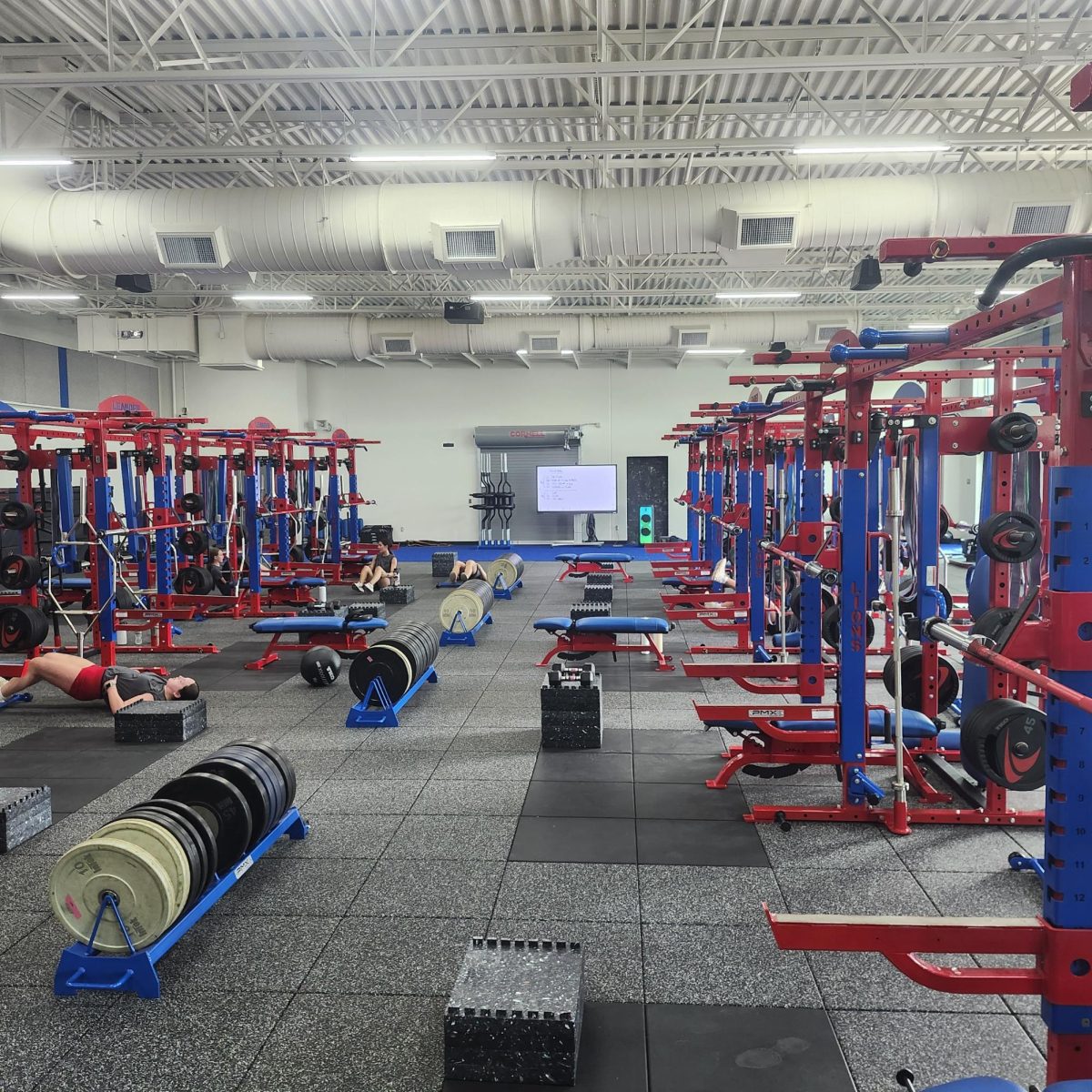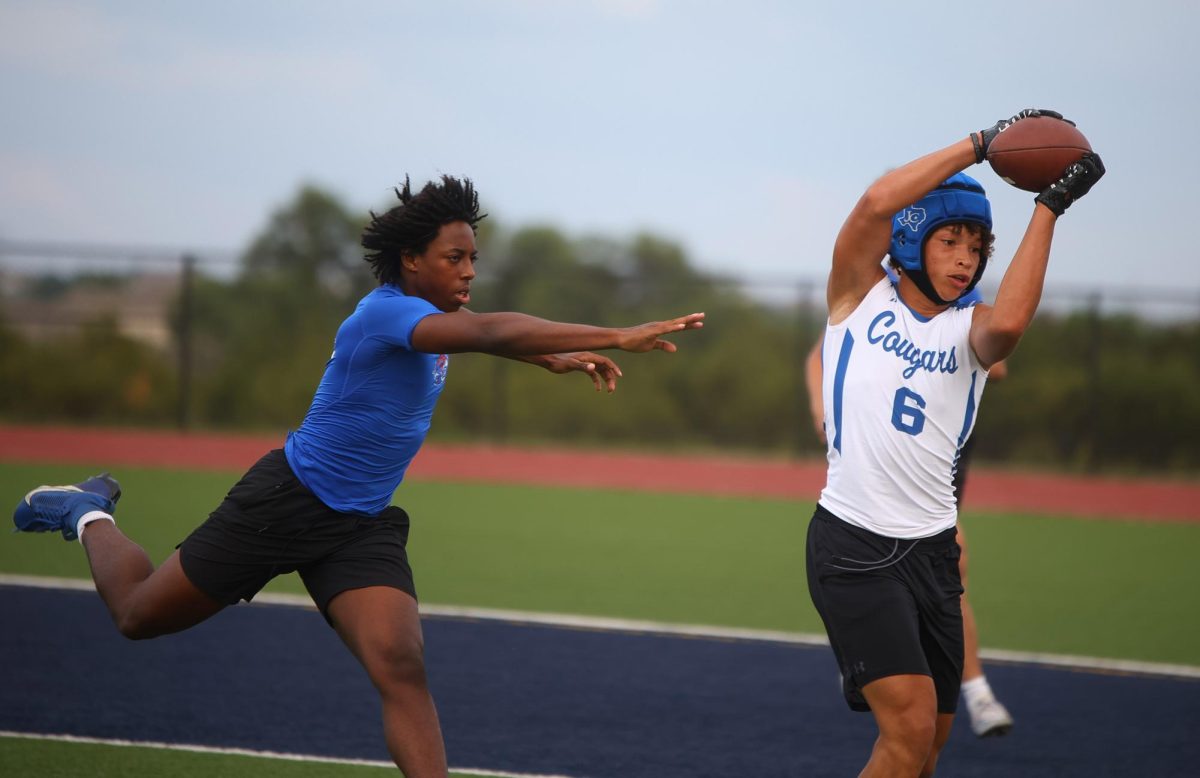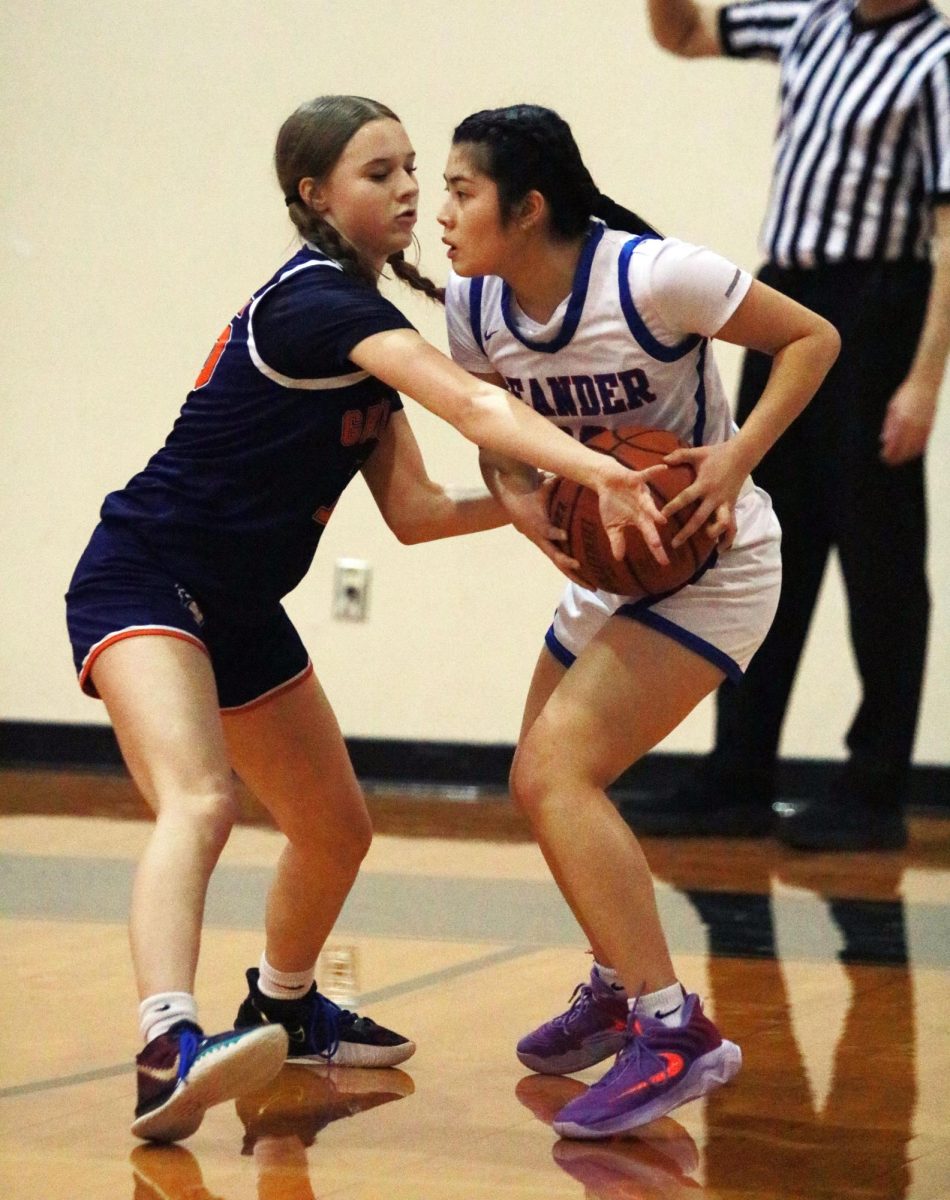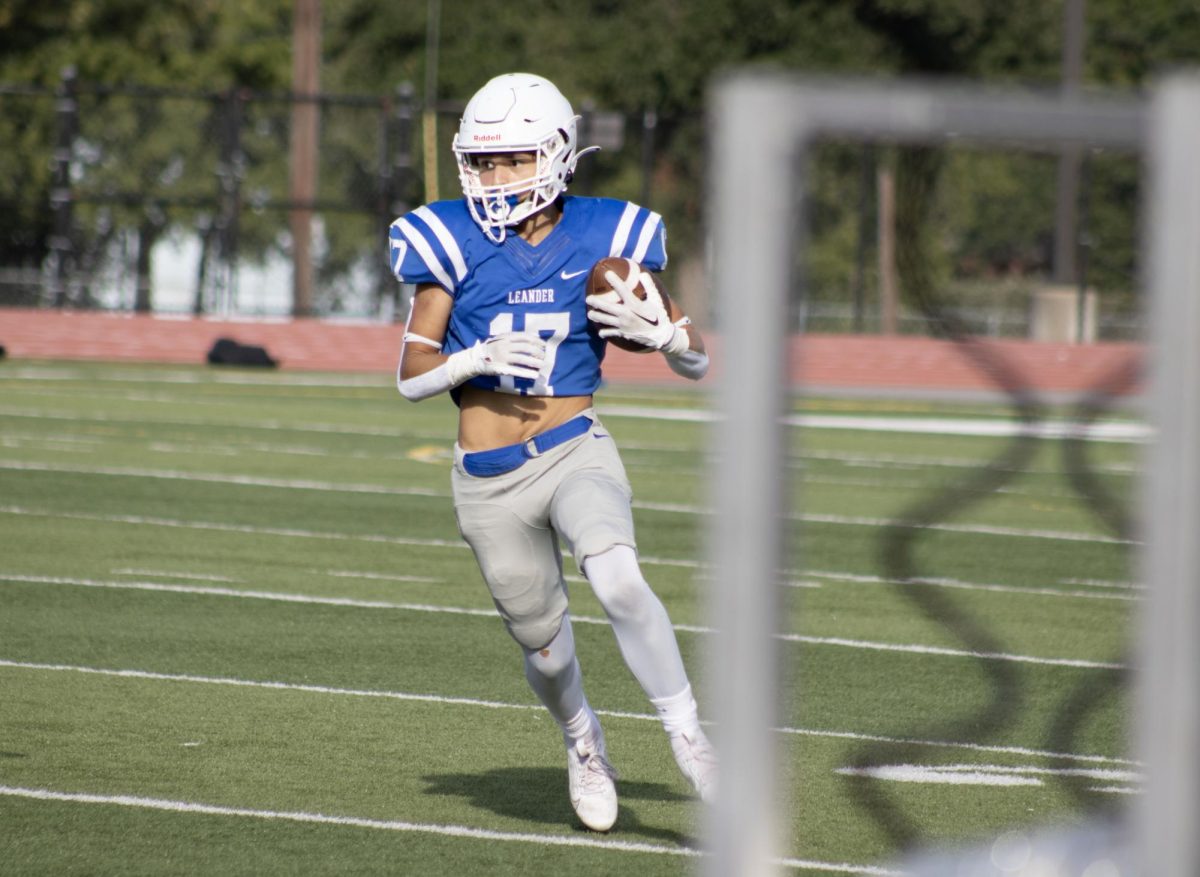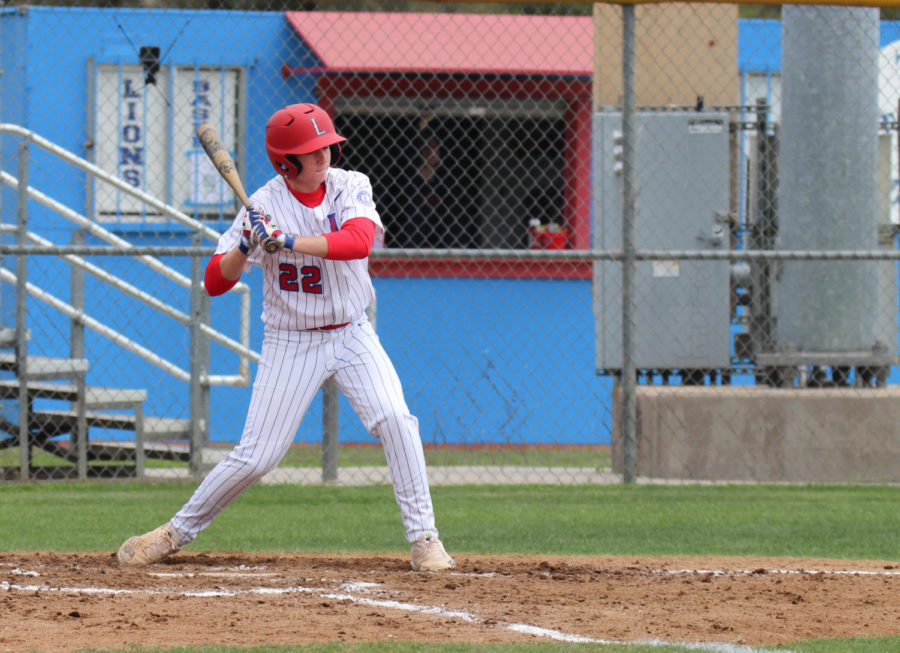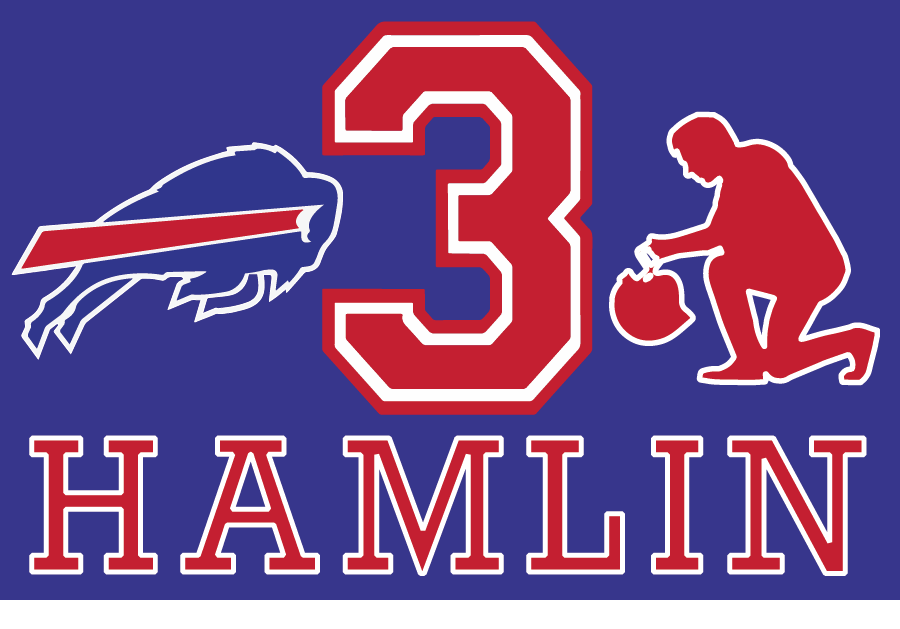By Caio Jahara
Jiu-Jitsu started in Brazil with the Japanese immigration in 1908 – through Santos Port – with the ship Kasato-Maru. The practice of Jiu-Jitsu was only taught to Japanese Immigrants at the time, but this changed in 1913 when Mitsuyo Maeda arrived and helped Jiu-Jitsu to form its roots in Brazil. Maeda travelled through Brazil introducing Jiu-Jitsu to anyone who was interested until he eventually opened a gym where he taught several students, including Carlos Gracie.
Carlos Gracie, continuing in his teacher’s footsteps, traveled through Brazil teaching Jiu-Jitsu until he opened a gym in Rio de Janeiro where he taught his brothers George, Gastao, Helio and Oswaldo. Helio Gracie, paid special interest to the use of the techniques.
“Because of his small frame and slight stature, Helio Gracie introduced the application of leverage to the art, making it possible for a smaller opponent to defeat a larger one. He began experimenting, modifying and enhancing the basic techniques to make them effective for a person regardless of his or her stature. Thus began the development of a new and more effective art – Gracie Jiu-Jitsu.” Rickson Gracie, Helio Gracie`s son, is reported to have said.
Carlos taught his brothers, through Jiu-Jitsu, a way of life, encouraging tolerance, respectfulness and self confidence. He created the idea of a natural diet, the first special diet for athletes, the Gracie Diet, made jiu-jitsu a synonym for healthy.
“Thanks to Jiu-Jitsu I’ve become a much better person in life, at school and with myself,” said Brazilian, Gustavo Riso, black-belt college sophomore. “Jiu-jitsu requires us to stay inside the tatami with honor, which is something that you will only understand after you are part of it.”
The main difference between the Gracie Jiu-Jitsu and the Japanese original is their varied specializations. Gracie Jiu-Jitsu focuses on ground fighting and finishing moves, instead of take downs.
“Brazilian Jiu-Jitsu made a big difference for me in MMA, using grappling techniques as opposed to using Jiu-Jitsu,” said Nico Campos, junior. “It improves my ground game no matter how big the opponent is.”
By changing the international rules of the Japanese jiu-jitsu, Gracie started the first nationality change in a martial art, or sport. Years later, the Japanese martial art was known as Brazilian Jiu-Jitsu, as it started to spread all around the world.
Today Brazilian Jiu-Jitsu is considered one of the most popular martial arts in the world and is a mandatory knowledge for any Mixed Martial Arts (MMA) fighter, because it is the only martial art that is fully fought in the ground.
“I became interested in Brazilian Jiu-Jitsu when I saw Matt Hughes fight Royce Gracie at UFC 60,” said Campos. ”I looked up Royce and found out about Gracie Jiu-Jitsu and I went after it”
The belt order in Brazilian Jiu-Jitsu is as follows:
White – Beginner
Gray – 4 to 6 years old
Yellow – 7 to 15 years old
Orange – 10 to 15 years old
Green – 13 to 15 years old
Blue – 16 years or older
Purple – 16 years or older
Brown – 18 years or older
Black – 19 years or older (up to 6 degrees)
Black & Red – 7 to 8 degrees (Master title)
Red – 9 to 10 degrees. The 10th degree was only given to the creaters of Brazilian Jiu-Jitsu (Carlos Gracie, George Gracie, Deoclécio Paulo, Hélio Gracie and Armando Wridt)
To advance a belt rank 4 degrees, which are aquired through belt exams, are required. Belt exams happen every 3 to 5 months.
“To change a belt is almost the same as being promoted, but that most important difference is that you are not doing it for a living, you are doing it for the pleasure to see yourself improve and it is the confirmation that every drop of sweat is really worth it,” Brazilian, Gustavo Bertola, purple-belt junior, said.


